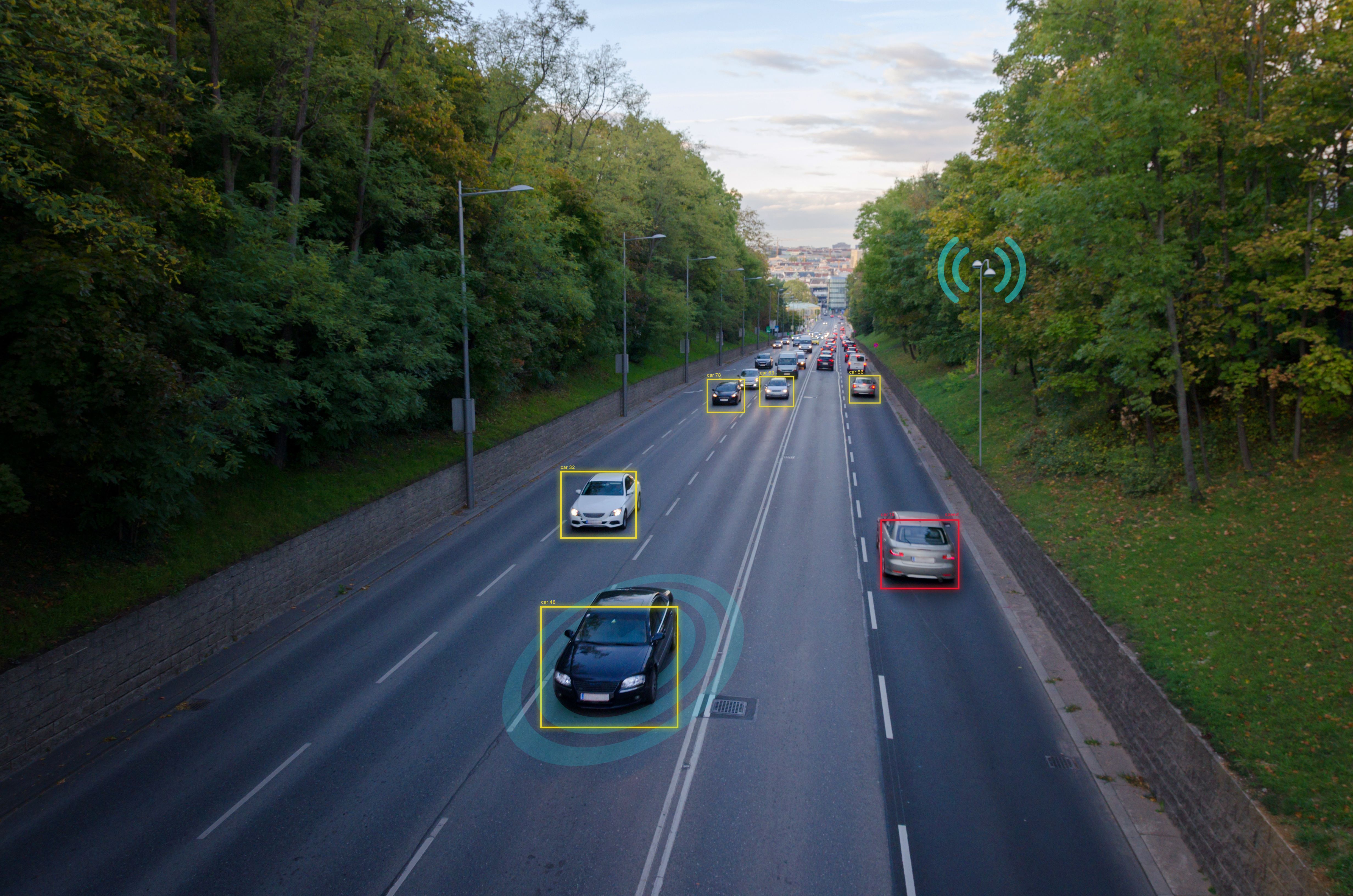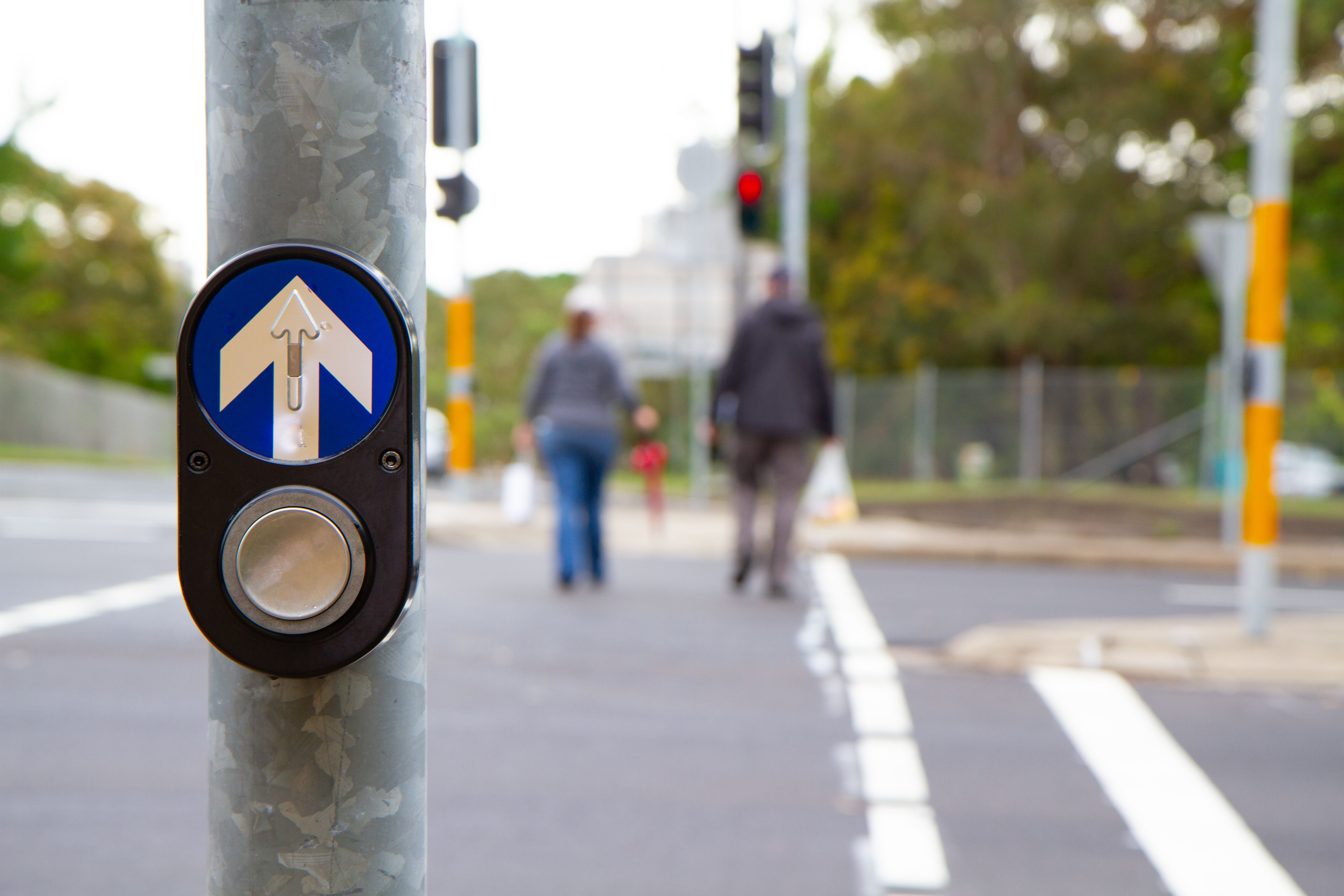The Role of Traffic Counts in Commercial Real Estate
VA
Understanding Traffic Counts
In the world of commercial real estate, traffic counts play a pivotal role in determining the success and viability of a property. These counts provide data on the number of vehicles or pedestrians passing a particular location within a specific timeframe. For businesses, especially those in retail, this information is critical in making informed decisions about site selection and potential profitability.
Traffic counts are typically conducted by local government agencies or private firms that specialize in data collection. They can measure both vehicular and foot traffic, offering insights into the flow of potential customers. The data collected can greatly influence leasing decisions, as high traffic volumes often translate to increased visibility and customer engagement.

The Impact on Retail Businesses
For retail businesses, choosing a location with high traffic counts can significantly boost sales and brand recognition. A store situated on a busy street or near a popular intersection is more likely to attract spontaneous shoppers who might otherwise pass by unnoticed. Therefore, understanding traffic patterns can be just as crucial as evaluating the physical attributes of a property.
Businesses often use traffic count data to justify rental prices and negotiate lease terms. A location with a high volume of potential customers can command higher rents but also promises greater sales potential. Retailers must balance the cost of renting such spaces with the expected increase in revenue.
Evaluating Foot Traffic
While vehicular traffic is important, foot traffic is particularly vital for certain types of businesses, such as cafes, restaurants, and boutique stores. Foot traffic data helps businesses understand the pedestrian flow and the potential for walk-in customers. This information is crucial for marketing strategies and operational planning.

The Role in Property Valuation
Traffic counts also play a significant role in property valuation. Properties with high traffic counts are generally more valuable due to their potential for generating higher income. Investors and developers often seek these high-traffic locations to maximize returns on their investments.
Moreover, banks and financial institutions may consider traffic count data when assessing the risk and value of a commercial real estate loan. A property in a high-traffic area is perceived as less risky due to its higher likelihood of attracting tenants and maintaining occupancy rates.
Leveraging Technology
Advancements in technology have made it easier to obtain and analyze traffic count data. Modern tools allow real estate professionals to access real-time data and historical trends, giving them a comprehensive view of traffic patterns over time. This technology enables more accurate predictions and strategic planning for property development.

Conclusion
In summary, traffic counts are an indispensable tool in commercial real estate. They provide valuable insights that can influence everything from site selection to lease negotiations and property valuation. By understanding and utilizing this data, businesses and investors can make more informed decisions that drive success.
As the commercial real estate landscape continues to evolve, those who harness the power of traffic counts will be better positioned to capitalize on opportunities and navigate challenges in this dynamic market.